According to a Scientific Statement published January 9, 2012, in the AHA journal, Circulation, more people will survive sudden cardiac arrest with 9-1-1 dispatchers help bystanders assess victims and begin CPR immediately. While the 2010 AHA Guidelines for CPR & ECC advised 9-1-1 dispatchers to provide assistance, this statement provides more specific information about how dispatchers should provide such help and also emphasizes the importance of assessing the dispatcher’s actions. Highlights of the statement include the following recommendations:
- Dispatchers should help 9-1-1 callers identify cardiac arrest victims and coach callers to provide immediate CPR.
- If more dispatchers followed these processes, thousands of lives could be saved every year.
- Communities should regularly evaluate 9-1-1 emergency dispatchers’ performance and the overall emergency response system
To support this AHA Scientific Statement, AHA CPR & First Aid has created a Dispatcher CPR web page that includes links to case studies and features actual 9-1-1 calls that allow viewers to listen to calls and try to determine where improvement is needed.
I’m very pleased to see this statement published, as efforts to improve dispatcher CPR can make a significant impact toward the AHA’s 2020 Impact Goal of increasing bystander response and ultimately, doubling survival from out-of-hospital cardiac arrest.
View the full statement in Circulation. Also, below are links to supporting materials.
